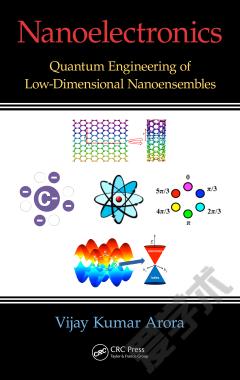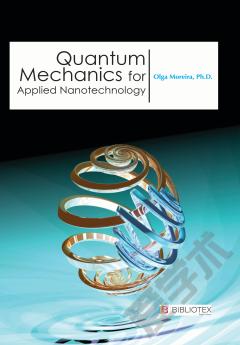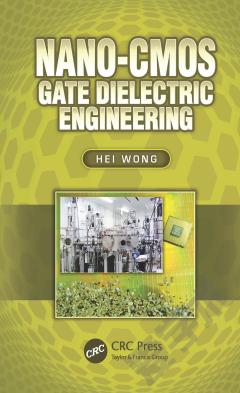Nanoelectronics —— Quantum Engineering of Low-Dimensional Nanoensembles
----- 纳米电子学
Brings the Band Structure of Carbon-Based Devices into the Limelight A shift to carbon is positioning biology as a process of synthesis in mainstream engineering. Silicon is quickly being replaced with carbon-based electronics, devices are being reduced down to nanometer scale, and further potential applications are being considered. While traditionally, engineers are trained by way of physics, chemistry, and mathematics, Nanoelectronics: Quantum Engineering of Low-Dimensional Nanoensembles establishes biology as an essential basic science for engineers to explore. Unifies Science and Engineering: from Quantum Physics to Nanoengineering Drawing heavily on published papers by the author, this research-driven text offers a complete review of nanoelectronic transport starting from quantum waves, to ohmic and ballistic conduction, and saturation-limited extreme nonequilibrium conditions. In addition, it highlights a new paradigm using non-equilibrium Arora Distribution Function (NEADF) and establishes this function as the starting point (from band theory to equilibrium to extreme nonequilibrium carrier statistics). The author focuses on nano-electronic device design and development, including carbon-based devices, and provides you with a vantage point for the global outlook on the future of nanoelectronics devices and ULSI. Encompassing ten chapters, this illuminating text: Converts the electric-field response of drift velocity into current oltage relationships that are driven by the presence of critical voltage and saturation current arising from the unidirectional drift of carriers Applies the effect of these scaled-down dimensions to nano-MOSFET (metal xide emiconductor field-effect transistor) Considers specialized applications that can be tried through a number of suggested projects that are all feasible with MATLAB codes Nanoelectronics: Quantum Engineering of Low-Dimensional Nanoensembles contains the latest research in nanoelectronics, identifies problems and other factors to consider when it comes to nanolayer design and application, and ponders future trends. Print Versions of this book also include access to the ebook version.
{{comment.content}}








 京公网安备 11010802027623号
京公网安备 11010802027623号